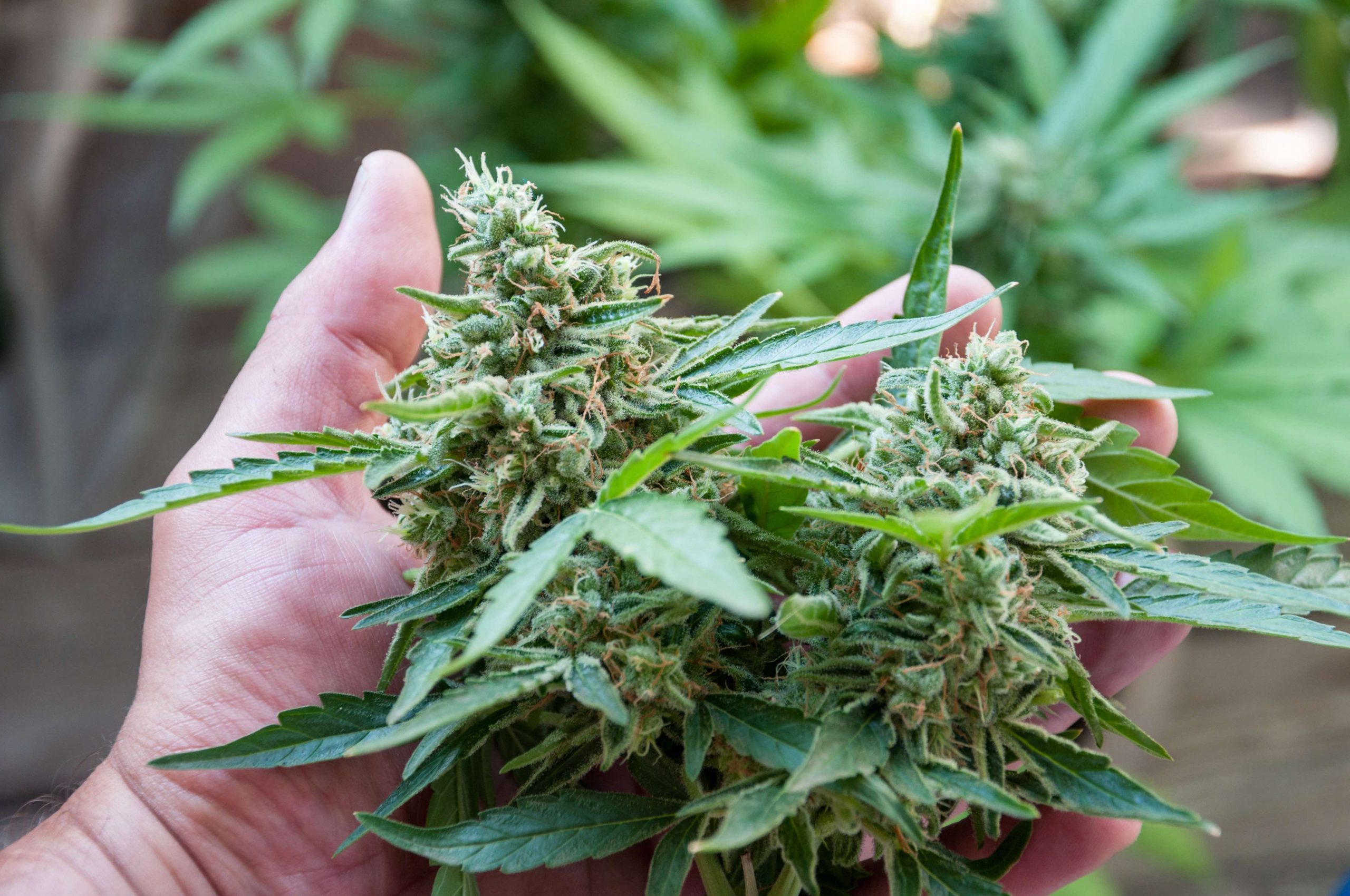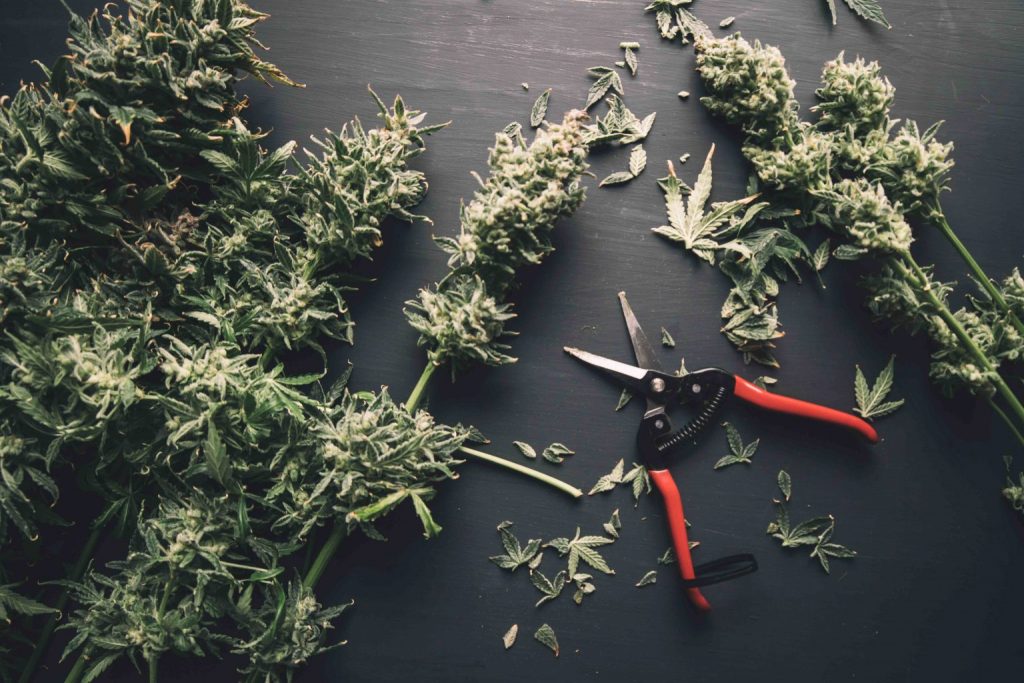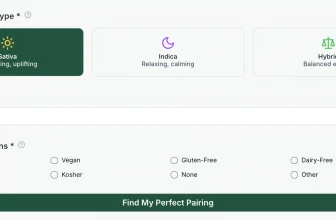
Knowing when to harvest cannabis is crucial to getting the most out of your growing efforts. You’ve got your little green buddies growing healthily. You’ve perfected your grow light schedule and know when they need water. Then one day, it hits you: when do I harvest these bad boys?
Below we’ll look at a concise summary of the science. After reading this article, you’ll know:
- How to tell using the pistils (hairs)
- How to tell using the trichomes — the more accurate method
- How to know if the harvest window has passed
- Harvest techniques for a “head” vs. “body” high
Read on to learn the best way to tell when it’s time to harvest your cannabis.

The Pistil Method
Pistils are those long, white hairs that stick out from the plant’s bud. They’re easily visible to the naked eye, so don’t confuse them with trichomes, which are the tiny, mushroom-shaped growths on the bud.
If the white hairs on your plant are sticking straight out, it is still too soon to harvest. You want to wait until they darken and curl inward to reveal the bud. If you harvest too soon, you’ll have a low yield and low potency.
The beginning of the harvest window occurs when around 40% of the pistils have turned dark, and very few new ones are growing.
For the highest THC levels, harvest when 70% to 90% of the hairs have turned dark.
For higher CBN levels, i.e., a more calming, anti-anxiety type of high, harvest when 90% to 100% of the hairs have turned dark.
The Trichome Method
The trichomes are those milky-white mushroom-shaped growths coming out of the bud. These give weed its flavor and stickiness, and they contribute heavily to its effects. Note that they can be hard to see with the naked eye, so you may need a magnifier to view them.
If your trichomes are crystal clear, it is still too early to harvest. This means the buds have very little potency.
What you want to wait for is when the trichomes turn cloudy or milky white. That’s when the buds have the highest levels of THC and will give a stronger high. This phase usually coincides with about 50% to 70% of the pistils having turned dark.
When the trichomes turn amber or gold, you’re in the window of a more calming body high. Harvesting now will produce weed that has more of an anti-anxiety effect thanks to higher levels of CBN.
You can wait until some of the trichomes (say, 20%) have turned amber for a mixed effect.
Knowing When the Harvest Window Has Passed
The telltale sign that you’ve missed your harvest window is when those trichomes begin to wither and turn gray. Harvesting at this point will produce bud that makes you sleepy but doesn’t have any psychoactive effects — not exactly what you signed up for.
Remember: it’s always better to harvest too early than to wait too long!
Harvest Techniques: Tips and Tricks
If you want more of a quick, heady high, harvest when around 40% of your pistils have turned dark and curled in and over 50% of the trichomes are partly clear or mostly milky.
If you want maximum psychoactive effects, which result from maximum levels of THC, wait till almost all of the trichomes have grown milky.
If you want an anti-anxiety, calming effect, wait until some of the trichomes have turned amber or gold. The higher the percentage of amber, the more relaxing it will be. However, you will sacrifice some of the psychoactive effects. Note that you can also get an anti-anxiety effect by curing your buds between 2 and 4 weeks.
Don’t be afraid to sample a bud as your plant is growing. Cutting off a piece here and there won’t damage anything! Testing is a great idea if you’re feeling overly excited and are tempted to harvest right now.
Patience, My Friend, Patience
Growing a cannabis plant is an exercise in patience. It needs light, food, water, a bit of love, and time to flourish. Once you’ve got your grow tent and other gear in place, there will be a lot of waiting before you’ve got a smokable product.
While the pistil method is helpful, note that the trichome method is more accurate. However, you’ll achieve the best results by combining the two methods — this will give you a well-rounded view of where the plant is in its growth journey.






